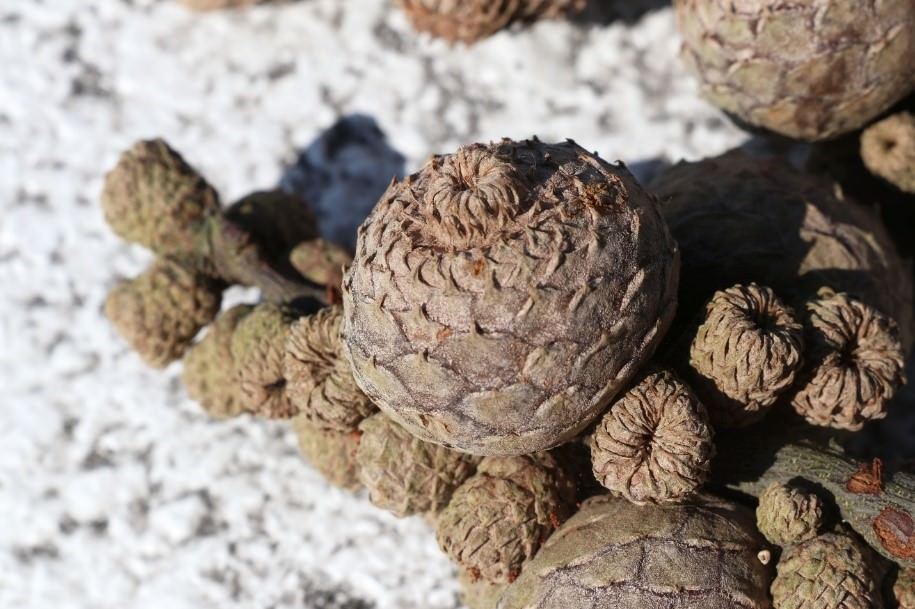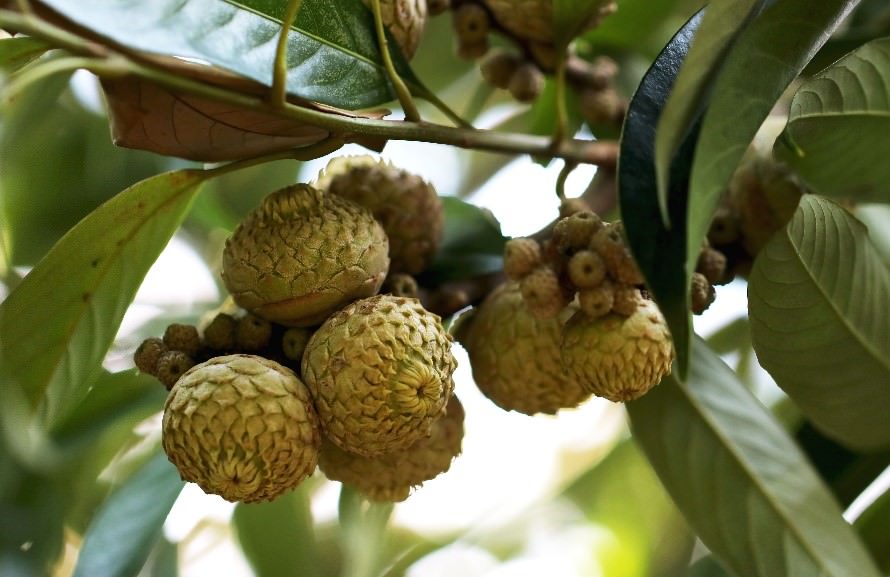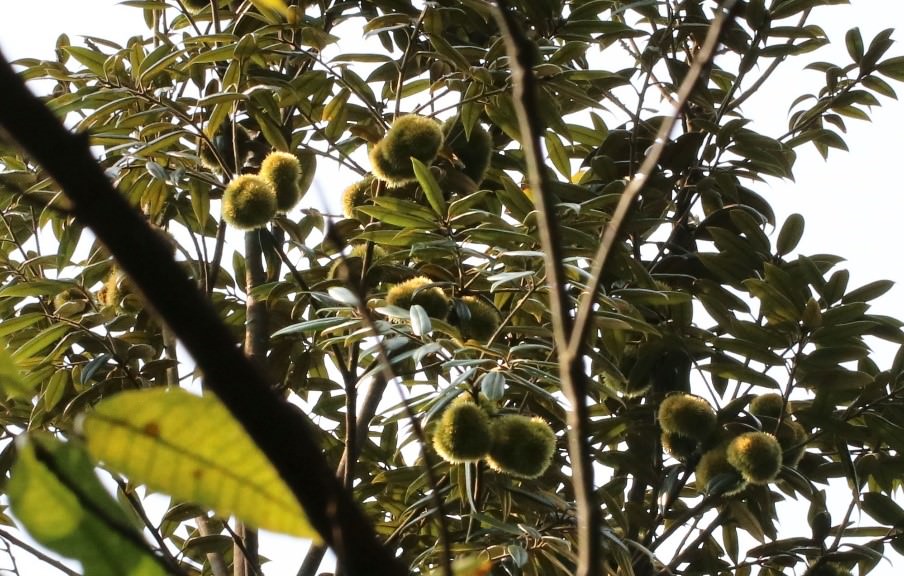Fruiting rare native oaks herald the onset of Autumn

As we approach Autumn, the temperature mellows and the humidity drops, leaves change colour and trees begin to fruit. Autumn may be brief in Hong Kong, but it is just long enough to work its charm in all sorts of ways. It is a time of plentiful natural harvest, as celebrated by the Autumn festival throughout China. For our botanists in the Flora Conservation Department, the season is greeted with a burst of activity to collect seeds for our various plant conservation and ecological restoration programmes.
Ten years after they were first planted, we are delighted to witness the fruiting of two rare native oaks on our upper slopes this Autumn. They are Lithocarpus elizabethae (left) and Castanopsis concinna (right).

Do the fruits of the hairy chestnut on the right remind you of anything? For me, they conjure fond memories from my teenage years. As the temperature started to drop at the end of the long summer, one thing that I always looked forward to after school was buying a small bag of freshly roasted chestnuts on my way home. The aroma wafting from the chestnut roaster’s pan mingles with visions of lanterns and the taste of mooncakes to evoke an autumnal Hong Kong street scene. The prickly fruits shown here belong to a wild relative of the sweet chestnut and they ripen at around the same time.
Both this and the Hong Kong tanoak, L. elizabethae, were originally described from specimens collected in Hong Kong and both are only found in southeast China. Although almost certainly once common components of the forest canopy, today these oaks are extremely rare. They form massive trees that cast deep shade, stabilise the soil and provide food and shelter for forest-dwelling animals such as squirrels, birds and wild pigs. However, their strong, decay-resistant wood made them a target for the logger’s axe.
Oaks signify strength, moral integrity and knowledge in cultures around the world. Observing the integration of these fine trees into our burgeoning secondary forest is a sure sign of our efforts in restoration bearing fruit. The seeds they scatter this Autumn offer hope for the recovery of Hong Kong’s rich mixed woodland.



